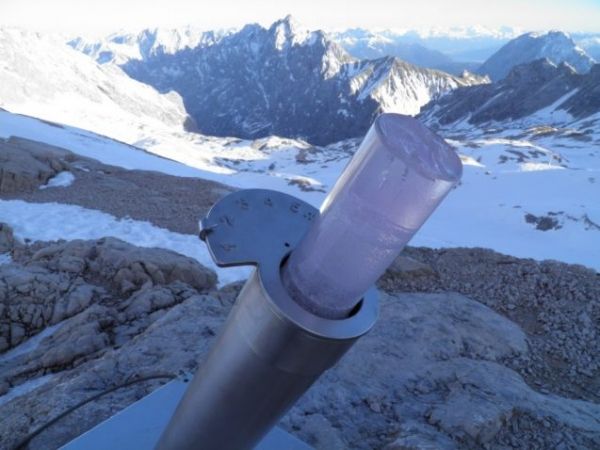The coronavirus pandemic will be remembered for decades to come through history books, oral narratives and an abundance of personal protective equipment. However, the glaciers of the Himalayas, the Alps, Patagonia and other regions may also hold the story of this time. Among the layers of ice lay records of many things — volcanic eruptions, other pandemics, ancient civilizations, and anthropogenic climate change. The precipitous decline in air pollutants, the reduction of greenhouse gas emissions, and changes in atmospheric composition during the coronavirus pandemic might eventually be observed in glacial ice.
Atmospheric wind currents carry gases, particulates, and other substances to glaciers. When snow containing these particulates and dissolved chemicals from the air collects on glaciers, it traps the transported substances. Air bubbles — samples of the gases in the atmosphere (e.g. long-lived gases like carbon dioxide) — also form. Over months and years as more snow accumulates, older layers of snow and gas are compressed and sealed — preserving samples of atmospheric conditions at the time of precipitation. By drilling below the surface, scientists extract ice cores which contain these substances. The chemical composition of the ice and air trapped within it serves as a proxy for researchers to analyze atmospheric changes over time.
Continue reading at Columbia University Earth Institute
Image via Columbia University Earth Institute


